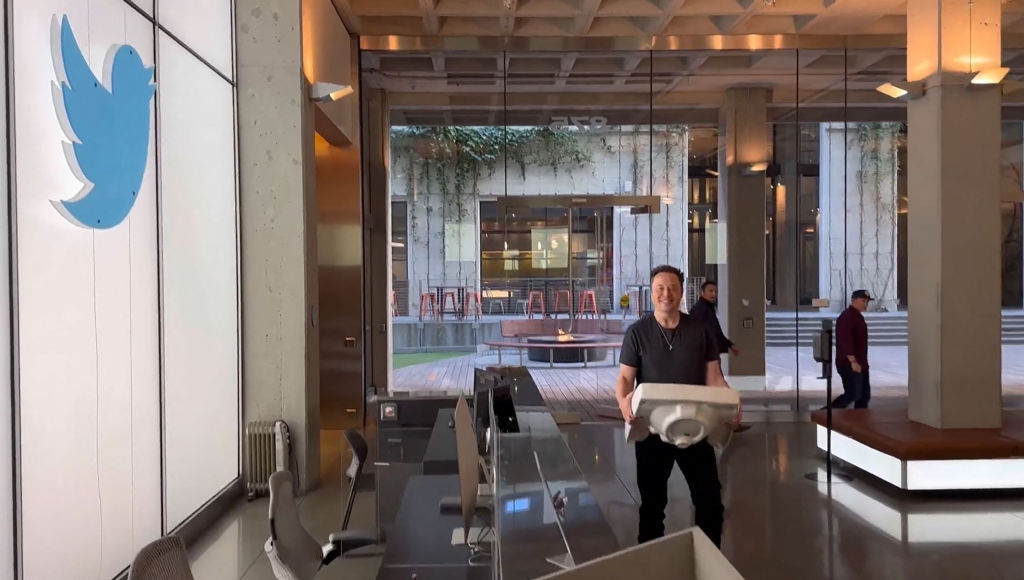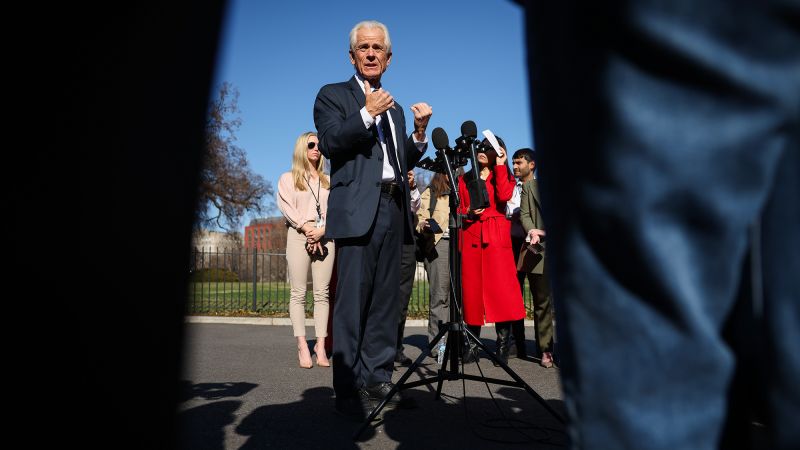Jon Stewart was thrown into a state of shock on his podcast as he listened to New York Times columnist Ezra Klein break down the red tape involved in former President Joe Biden’s Build Back Better Act.
Klein joined Stewart this week on The Weekly Show podcast where Klein argued Democrats should be more upset with the policy failings from their own party, including one of Biden’s key pieces of legislation. The $2 trillion Build Back Better bill was passed by Congress in 2021 and included funding for a number of social and climate programs, including the goal of widely installing electric vehicle chargers.
“It was a simpler time,” Klein reminisced as he told Stewart why he felt the legislation ultimately failed.
Klein broke down the 14-step red tape process to receive funding through Build Back Better, noting only three out of 56 jurisdictions that applied actually finished the process by the end of 2024.
“Oh my fucking God!” Stewart said in frustration by the time Klein got to step 12, which requires states to run a “competitive sub-granting process.” “At step 12! After all of this has been done?!”
Other steps included submitting a letter of intent, a five year action plan, and allowing time for “internal” objections within the state.
Stewart went from laughing to burying to head in his hands to literally walking away from the podcast while listening to Klein break down the Biden-era red tape.
Check out the exchange below:
EZRA KLEIN: The letters of intent, the requests for planning grants, then the review, approval, and awarding of the planning grants, then the five year action plans. In between that, the federal government has to put forward a map saying where it thinks we need rural broadband subsidies. And then, of course, the states need an opportunity to challenge the map for accuracy. And you can imagine this doesn’t all happen in like a day. Okay, so then the NTIA, step seven, has to use the FCC maps to make allocation decisions. Then having already done their letter of intent, their request for planning grants — it’s hard even to talk about this, man — step seven is NTIA must use the FCC maps that were already challenged for allocation decisions. Then having submitted all this —I think this one is actually quite amazing — having submitted their five-year plans or letters of intent, step eight is states must submit an initial proposal to the NTIA.
JON STEWART: Is that a result of their $5 million planning fund?
KLEIN: I assume, but then what was the five year plan?
STEWART: And what the fuck did they apply for?! What was their NOFO? God!
KLEIN: Like, if the five year action plan isn’t the initial proposal, then what’s the five year action?
STEWART: Forget NOFO! MOFO!
KLEIN: Step nine, NTIA must review and approve each state’s, again, initial proposal. By my read, we have had at least two initial proposals here, but that’s a different issue. Step 10, states must publish their own map and allow internal challenges to their own map. So the government has published a map. They have invited the states to challenge the map. Then states have submitted initial proposals and they then have to publish their own map and allow challenges.
STEWART: Wait, who’s challenging it within the state?
KLEIN: Well, you know, organized interest groups, environmental groups, like, I don’t know who specifically, but any, literally anybody. This is, I want to say something because it’s very important I say this, this is the Biden administration’s process for its own bill. They wanted this to happen. This is how liberal government works now.
STEWART: This is something they instituted for this bill.
KLEIN: For their bill. This is a bill passed by Democrats with a regulatory structure written by a Democratic administration. Okay. Step 11, the NTIA must review and improve the challenge results and the final map. So the NTIA has put forward a map. The states have challenged that map. Then the states have put forward their maps, had other challenges, and now the NTIA must review and approve the challenges to the state maps. Okay, so step, we’ve done step 11, NTIA must review and approve challenge results, and final map, we’ve lost nine of the applicants at that point. Step 12, states must run a competitive sub-granting.
STEWART: Oh my fucking God! At step 12?! After all of this has been done?
KLEIN: Yeah, none of that could have happened along the way here. We have now lost 17 more applicants. So now 30 of 56 have completed step 12. Step 13, states must submit a final proposal. All the proposals weren’t enough to NTIA. Now that goes to three of 56. So we’ve gone in the last couple of steps from 56 had gone to this point to three or 56. Step 14, the NTIA must review and approve the state’s final proposal. And that is three of the 56 jurisdictions and states are there. In summary, colon, states are nearly at the finish line. And it says to stop their progress now or worse to make them go backwards would be a stick in the spokes of the most promising broadband deployment plans we have ever seen. End scene.
STEWART: I’m speechless, honestly. It’s far worse than I could have imagined. But the fact that they amputated their own legs on this is what’s so stunning.
Watch above via The Weekly Show.

















